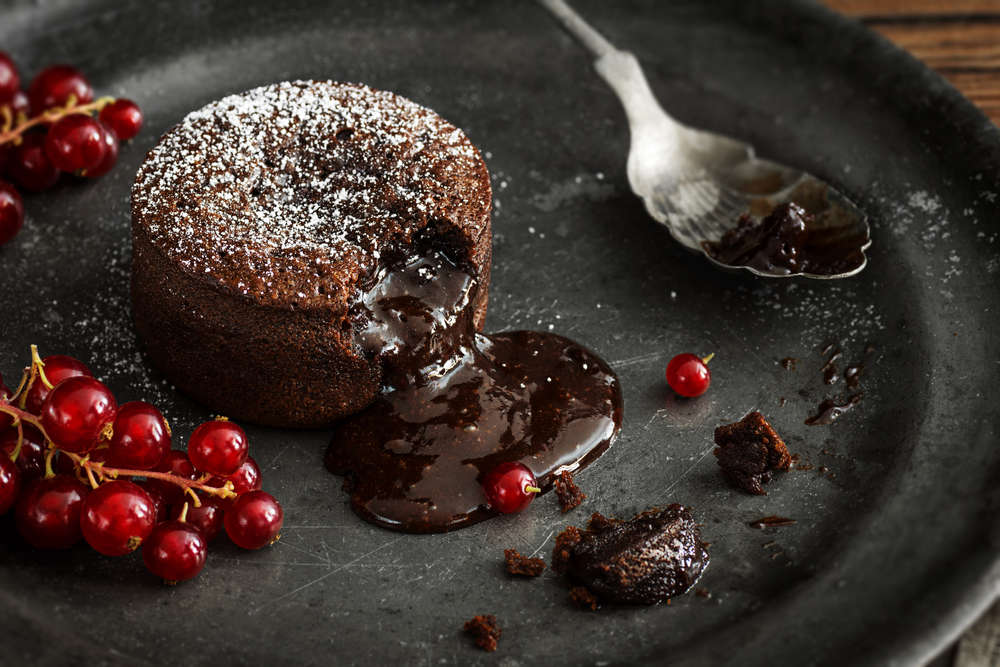
From the bustling street markets of Bangkok to the tranquil tea houses of Kyoto, Asia offers a vast array of dishes that tantalize the senses and challenge the palate. While some Asian dishes have gained international fame, there are others that remain hidden gems, waiting to be discovered by adventurous food lovers. Here are five of the most unique Asian dishes you need to try:
1. Balut (Philippines)
Balut is one of the most famous—and perhaps infamous—street foods in the Philippines. This dish consists of a fertilized duck egg, incubated for about 14 to 21 days, and then boiled. The result is a partially developed duck embryo, which is eaten straight from the shell, often seasoned with a sprinkle of salt or a splash of vinegar.
This one certainly won't be for everyone, but the experience of eating balut is said to be a culinary adventure in itself. The broth inside the egg is rich and flavourful, the yolk is creamy, and the embryo adds a unique texture. For those who can get past its appearance, balut offers a taste that is both comforting and full of umami.
2. Natto (Japan)
Natto is a traditional Japanese dish made from fermented soybeans. Known for its strong smell, sticky texture, and acquired taste, natto is often served with rice, soy sauce, and mustard. It’s a breakfast staple in many Japanese households, prized for its high protein content and numerous health benefits.
The flavour of natto is deeply earthy and slightly tangy, with a hint of nuttiness. While its slimy texture can be off-putting for some, natto is beloved by many for its distinctive taste and its role in promoting gut health. Whether you love it or hate it, natto is undoubtedly one of the most unique dishes in Japanese cuisine.
3. Durian (Southeast Asia)
Often referred to as the “king of fruits,” durian is as famous for its potent aroma as it is for its rich, custard-like flesh. Found in many parts of Southeast Asia, particularly in Thailand, Malaysia, and Indonesia, durian has a divisive reputation. Some people adore its sweet, creamy flavour, while others are repelled by its strong, sulfuric smell.
Durian is commonly eaten fresh, but it is also used in various desserts, such as ice cream, cakes, and pastries. Its flavour profile is complex, combining sweet, savoury, and slightly bitter notes, making it a must-try for adventurous eaters who are willing to embrace its bold character.
4. Century Egg (China)
Century egg, also known as preserved egg or hundred-year egg, is a traditional Chinese delicacy. Despite its name, the egg is not actually aged for a century. Instead, it is preserved for several weeks to months in a mixture of clay, ash, salt, quicklime, and rice hulls. The result is an egg with a dark, translucent jelly-like white and a creamy, greyish-green yolk.
Century eggs have a strong, distinctive flavour, often described as earthy with a hint of ammonia. They are typically enjoyed sliced and served with pickled ginger, added to congee (rice porridge), or used as a topping in various dishes. The unique taste and texture of century eggs make them a fascinating culinary experience.
5. Fugu (Japan)
Fugu, or pufferfish, is one of Japan’s most famous—and dangerous—delicacies. This fish contains tetrodotoxin, a potent neurotoxin that can be lethal if prepared incorrectly. Because of this, only licensed chefs with years of training are allowed to prepare and serve fugu.
Despite the risk, fugu is highly prized for its delicate flavour and texture. The fish is often served as sashimi, with thin, translucent slices arranged beautifully on a plate. Fugu can also be served in hot pot dishes or deep-fried as tempura. The thrill of eating something so potentially dangerous only adds to its allure, making fugu a must-try for those seeking a truly unique dining experience.

 Five Highly Romantic Meals Perfect for Your Valentine
Five Highly Romantic Meals Perfect for Your Valentine
 Five Fantasy Worlds We'd Love to See Become Theme Parks
Five Fantasy Worlds We'd Love to See Become Theme Parks
 Five Most Romantic Valentine’s Gestures From Europe
Five Most Romantic Valentine’s Gestures From Europe
 Five Fabulous Foodie Places To Visit In February
Five Fabulous Foodie Places To Visit In February
 Five Fantasy Worlds We’d Love To Explore In Real Life
Five Fantasy Worlds We’d Love To Explore In Real Life
Comments
Add a comment